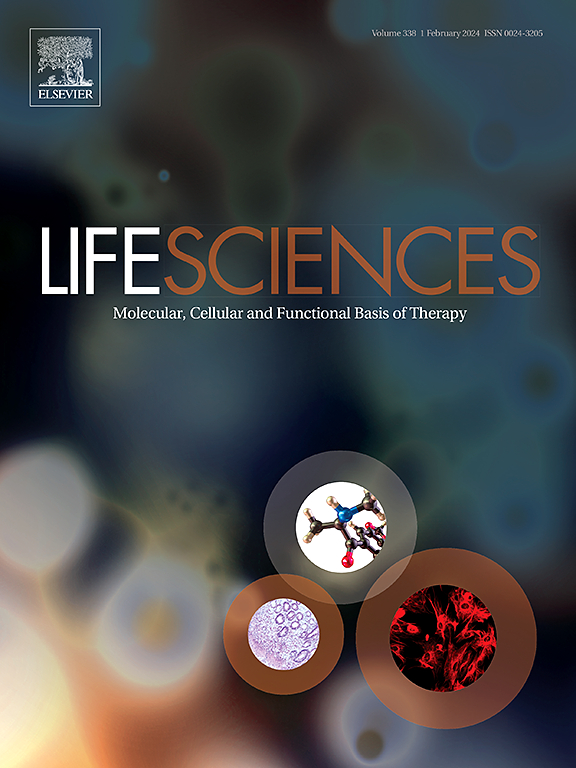GLP-1和IL-6调节肠道和大脑的肥胖。
IF 5.2
2区 医学
Q1 MEDICINE, RESEARCH & EXPERIMENTAL
引用次数: 0
摘要
肥胖是一种慢性代谢性疾病,其特征是营养摄入过多导致皮下或内脏脂肪增加,从而引起病理和生理变化。肥胖症是代谢综合征的一种重要形式,其发病率在全球范围内呈上升趋势。食欲过剩是肥胖的一个重要发病机制,肥胖引起的炎症反应越来越受到人们的关注。本文综述了食欲调节因子(胰高血糖素样肽1)和炎症因子(白细胞介素-6)在肥胖患者肠道和大脑中的作用,并从目前的文献中得出了一些见解。本文章由计算机程序翻译,如有差异,请以英文原文为准。
GLP-1 and IL-6 regulates obesity in the gut and brain.
Obesity is a chronic metabolic disease characterized by excessive nutrient intake leading to increased subcutaneous or visceral fat, resulting in pathological and physiological changes. The incidence rate of obesity, an important form of metabolic syndrome, is increasing worldwide. Excess appetite is a key pathogenesis of obesity, and the inflammatory response induced by obesity has received increasing attention. This review focuses on the role of appetite-regulating factor (Glucogan-like peptide 1) and inflammatory factor (Interleukin-6) in the gut and brain in individuals with obesity and draws insights from the current literature.
求助全文
通过发布文献求助,成功后即可免费获取论文全文。
去求助
来源期刊

Life sciences
医学-药学
CiteScore
12.20
自引率
1.60%
发文量
841
审稿时长
6 months
期刊介绍:
Life Sciences is an international journal publishing articles that emphasize the molecular, cellular, and functional basis of therapy. The journal emphasizes the understanding of mechanism that is relevant to all aspects of human disease and translation to patients. All articles are rigorously reviewed.
The Journal favors publication of full-length papers where modern scientific technologies are used to explain molecular, cellular and physiological mechanisms. Articles that merely report observations are rarely accepted. Recommendations from the Declaration of Helsinki or NIH guidelines for care and use of laboratory animals must be adhered to. Articles should be written at a level accessible to readers who are non-specialists in the topic of the article themselves, but who are interested in the research. The Journal welcomes reviews on topics of wide interest to investigators in the life sciences. We particularly encourage submission of brief, focused reviews containing high-quality artwork and require the use of mechanistic summary diagrams.
 求助内容:
求助内容: 应助结果提醒方式:
应助结果提醒方式:


